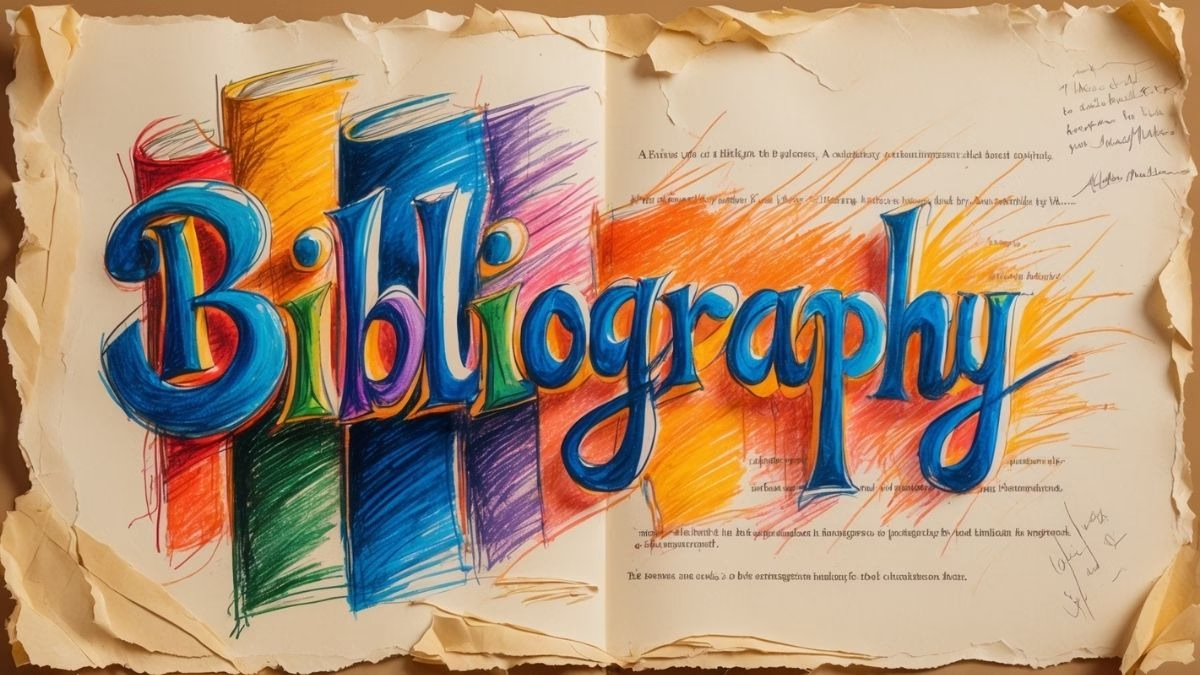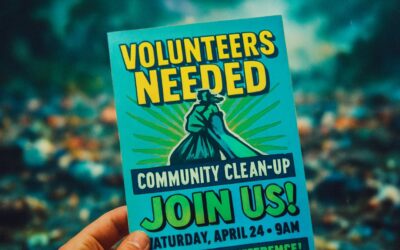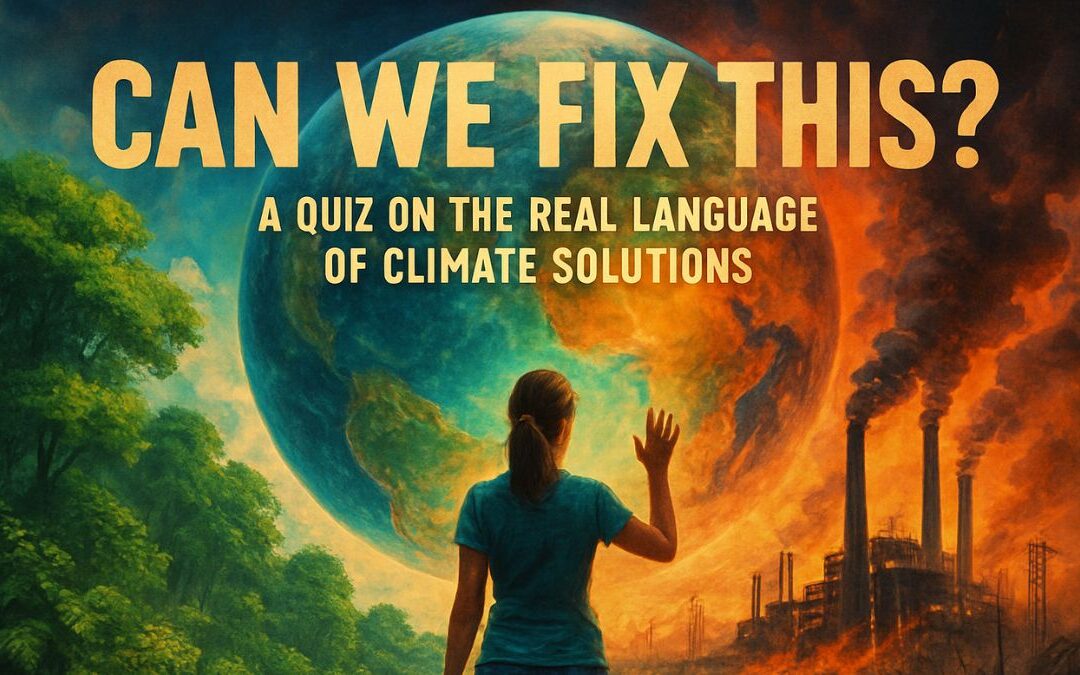How to Approach This Lesson
Welcome to a deep dive into one of the most important skills in academic writing: the annotated bibliography. This isn’t just a list of sources; it’s a conversation with your research. In this lesson, we’ll demystify the process. We’re going to build one entry, step by step, focusing on the three key parts of any good annotation. Follow along closely, as mastering this skill will make you a more critical reader and a much stronger research writer.
The Challenge: More Than Just a Works Cited
Our task is to: Draft an academic annotated-bibliography entry for a sociology text.
So, what is an annotated bibliography? It’s a list of citations for books, articles, and other documents. Each citation is followed by a brief (usually about 150-200 words) descriptive and evaluative paragraph, the annotation.
The purpose is to prove you have not just found sources, but have also read them, understood them, and thought critically about how they fit into your research. It’s a foundational skill for any research paper, thesis, or major academic project, and it demonstrates a high level of critical thinking.
A strong annotation typically has three parts. This will be our plan:
- Summarize: What is the author’s main argument? What are the key points?
- Assess (or Evaluate): How credible is the source? Is the argument convincing? What are its strengths and weaknesses?
- Reflect (or Apply): How is this source useful for your specific research project? How does it connect to other sources?
Let’s apply this three-part structure to a sample sociology text. For our example, let’s pretend our research project is about the impact of social media on community engagement.
The source we’re annotating is a fictional book:
Book: The Digital Town Square: Social Media and the Decline of Public Space by Dr. Eleanor Vance (2022).
Your Step-by-Step Guide to a Flawless Annotation
Step 1: The Citation – Getting it Right
[ppp_patron_only level=5]
First, you need the formal citation. The format (APA, MLA, Chicago, etc.) depends on the requirements of your course or publication. For this example, we’ll use APA 7th Edition.
A Common Mistake: Incorrect formatting. A sloppy citation immediately signals a lack of attention to detail. Use a style guide or a reliable online tool to get it perfect.
Our Citation (APA 7):
Vance, E. (2022). The digital town square: Social media and the decline of public space. University Press.
Step 2: The Annotation Part 1 – Summarize
Now, we write the annotation itself. The first part is a concise summary of the source’s main argument. Don’t get lost in small details. What is the central thesis?
A Bad Example (Too Vague):
“This book is about social media. The author talks about how it affects public space.”
This is far too simplistic and doesn’t explain the argument.
Let’s draft a better summary:
In this book, Vance argues that the rise of social media platforms has directly contributed to the erosion of physical public spaces as hubs for community interaction and political discourse. She traces the historical function of town squares, parks, and community centers and contrasts them with the algorithmically-driven, often polarizing nature of online forums. Vance’s central thesis is that while social media creates a semblance of connection, it ultimately privatizes public life and weakens the social ties necessary for a healthy democracy.
This is much stronger. It clearly states the author’s thesis and key points.
Step 3: The Annotation Part 2 – Assess and Evaluate
Next, we critically evaluate the source. Is it good? Why? What are its limitations? You need to move beyond summary and show your critical thinking.
A Common Mistake (Pure Opinion):
“I liked this book a lot. I think it was very interesting.”
Academic evaluation requires evidence, not just personal feelings.
Let’s draft a critical assessment:
Vance’s argument is well-researched, drawing on extensive historical analysis and contemporary case studies from several Western countries. A significant strength of the book is its nuanced perspective, acknowledging the benefits of online communities for marginalized groups before detailing its broader corrosive effects. However, the work could be strengthened by engaging more deeply with non-Western contexts, where the function of both public space and social media may differ significantly.
This assessment points out a specific strength (nuanced perspective) and a specific weakness (limited geographical scope), showing you’ve engaged with the material critically.
Step 4: The Annotation Part 3 – Reflect and Apply
Finally, how does this help you? Connect the source directly to your own research project.
Let’s draft the reflection:
This source will be foundational for my research on the impact of social media on local community engagement. The historical context Vance provides for public space will be invaluable for Chapter 1. Furthermore, her critical framework will help me analyze my own findings, particularly when examining whether local Facebook groups function as genuine replacements for face-to-face community forums or as catalysts for local division. Her work will serve as a key counterpoint to more optimistic studies on digital community-building.
This section clearly justifies why the source is included in your bibliography. It shows exactly how you plan to use it.
Now, let’s put all the pieces together into one polished entry.
Final, Polished Annotated Bibliography Entry:
Vance, E. (2022). The digital town square: Social media and the decline of public space. University Press.
In this book, Vance argues that the rise of social media platforms has directly contributed to the erosion of physical public spaces as hubs for community interaction and political discourse. She traces the historical function of town squares and parks and contrasts them with the algorithmically-driven, often polarizing nature of online forums. Vance’s central thesis is that while social media creates a semblance of connection, it ultimately privatizes public life and weakens the social ties necessary for a healthy democracy. Vance’s argument is well-researched, drawing on extensive historical analysis and contemporary case studies. A significant strength is its nuanced perspective, acknowledging the benefits of online communities for marginalized groups before detailing its broader corrosive effects. However, the work could be strengthened by engaging more deeply with non-Western contexts. This source will be foundational for my research, as its critical framework will help me analyze whether local Facebook groups function as genuine replacements for face-to-face community forums. It will serve as a key counterpoint to more optimistic studies on digital community-building.
Key Takeaways & Your Next Challenge
The three magic ingredients of a great annotation are:
- Summarize: What’s the main argument?
- Assess: What are its strengths and weaknesses?
- Reflect: How will you use it for your project?
Mastering this structure will make your academic writing clearer, more critical, and more convincing.
Your Optional Writing Challenge:
Find an article, book chapter, or even a detailed news report related to a topic that interests you (e.g., climate change, artificial intelligence, modern art). Write a single annotated bibliography entry (approx. 150-200 words) for that source. Assume your research project is a general exploration of that topic.
Don’t skip this! The best way to learn academic writing is by doing it. Take on the challenge and sharpen your critical thinking skills.
[/ppp_patron_only]










0 Comments